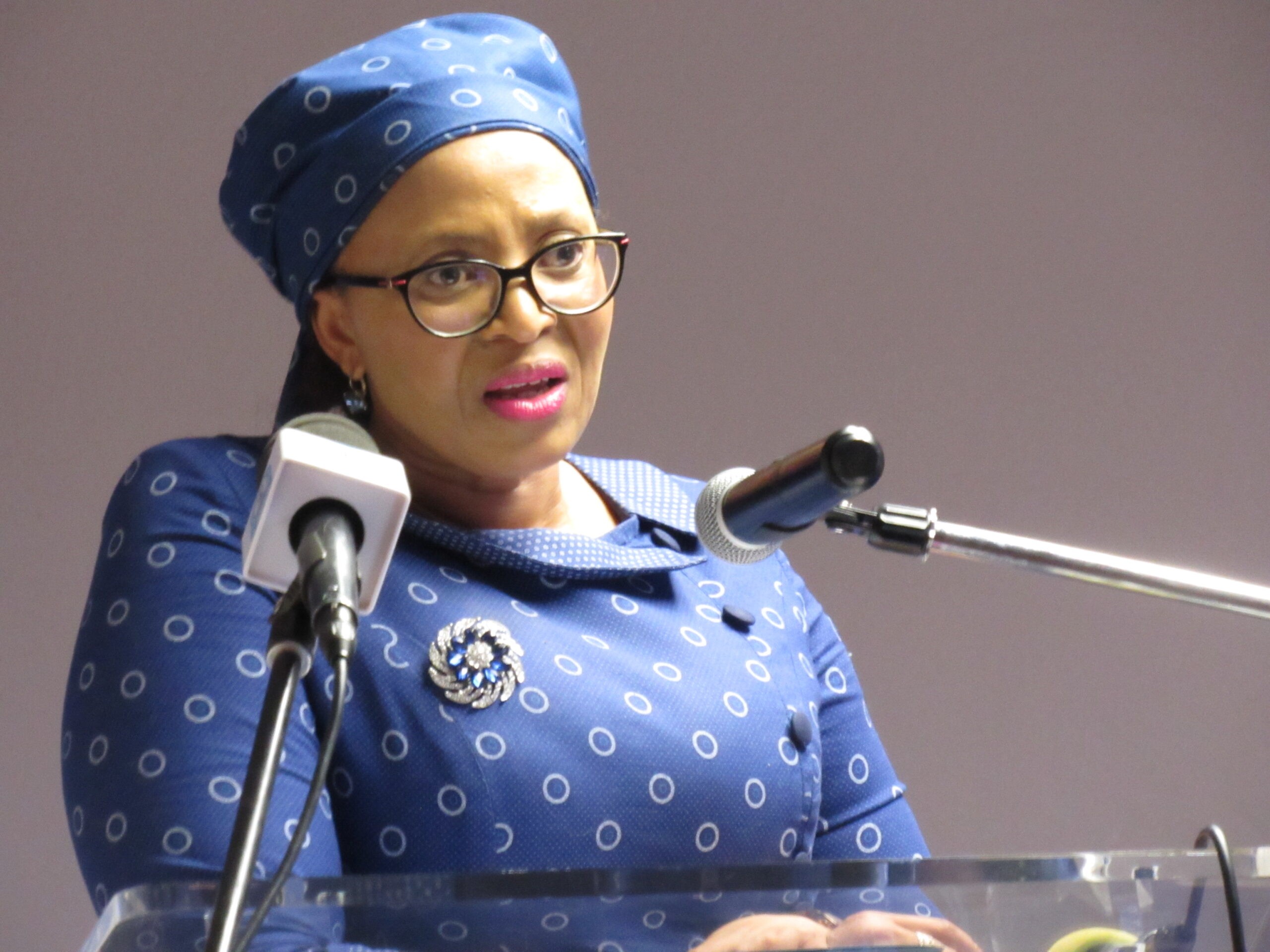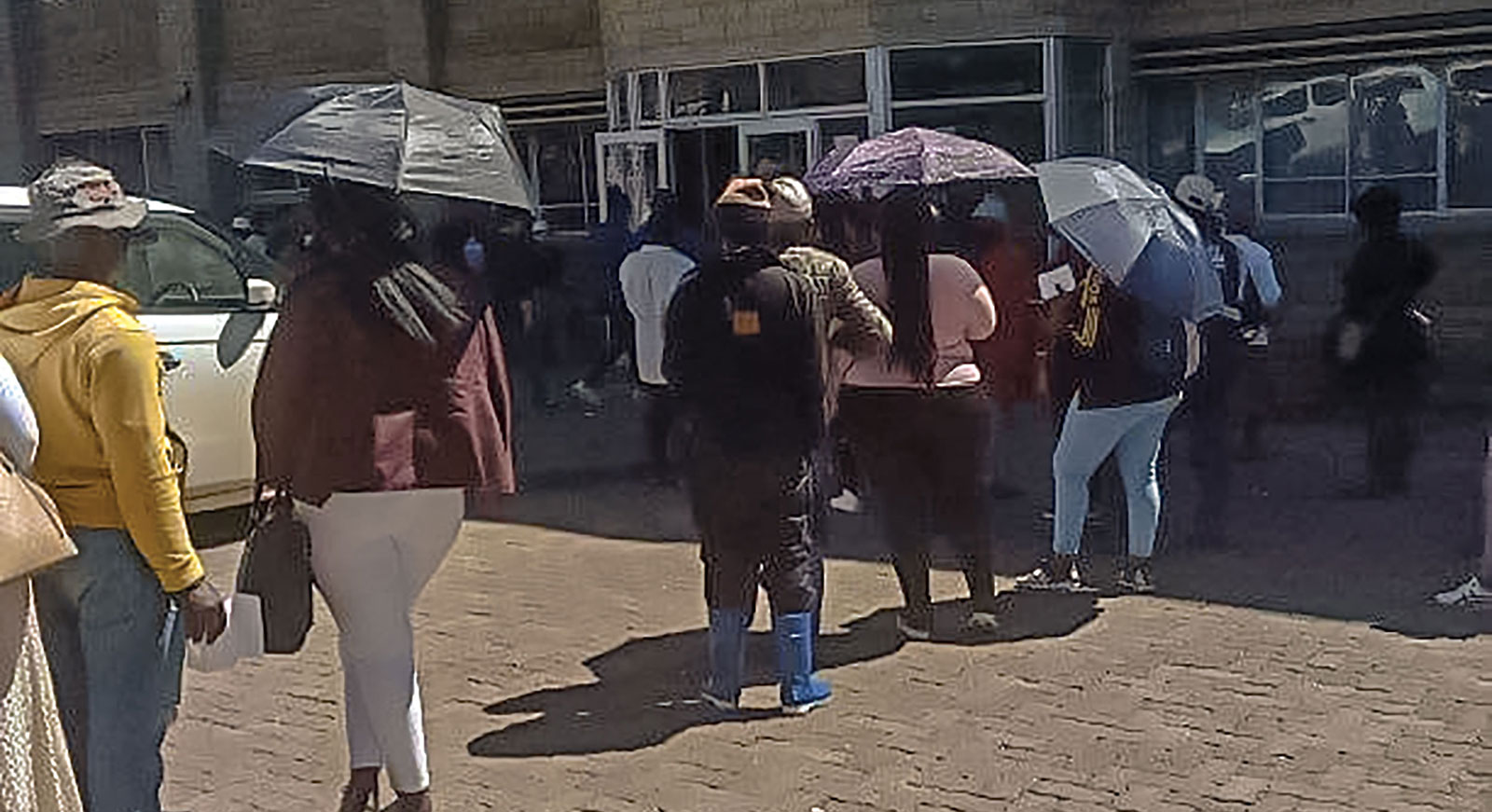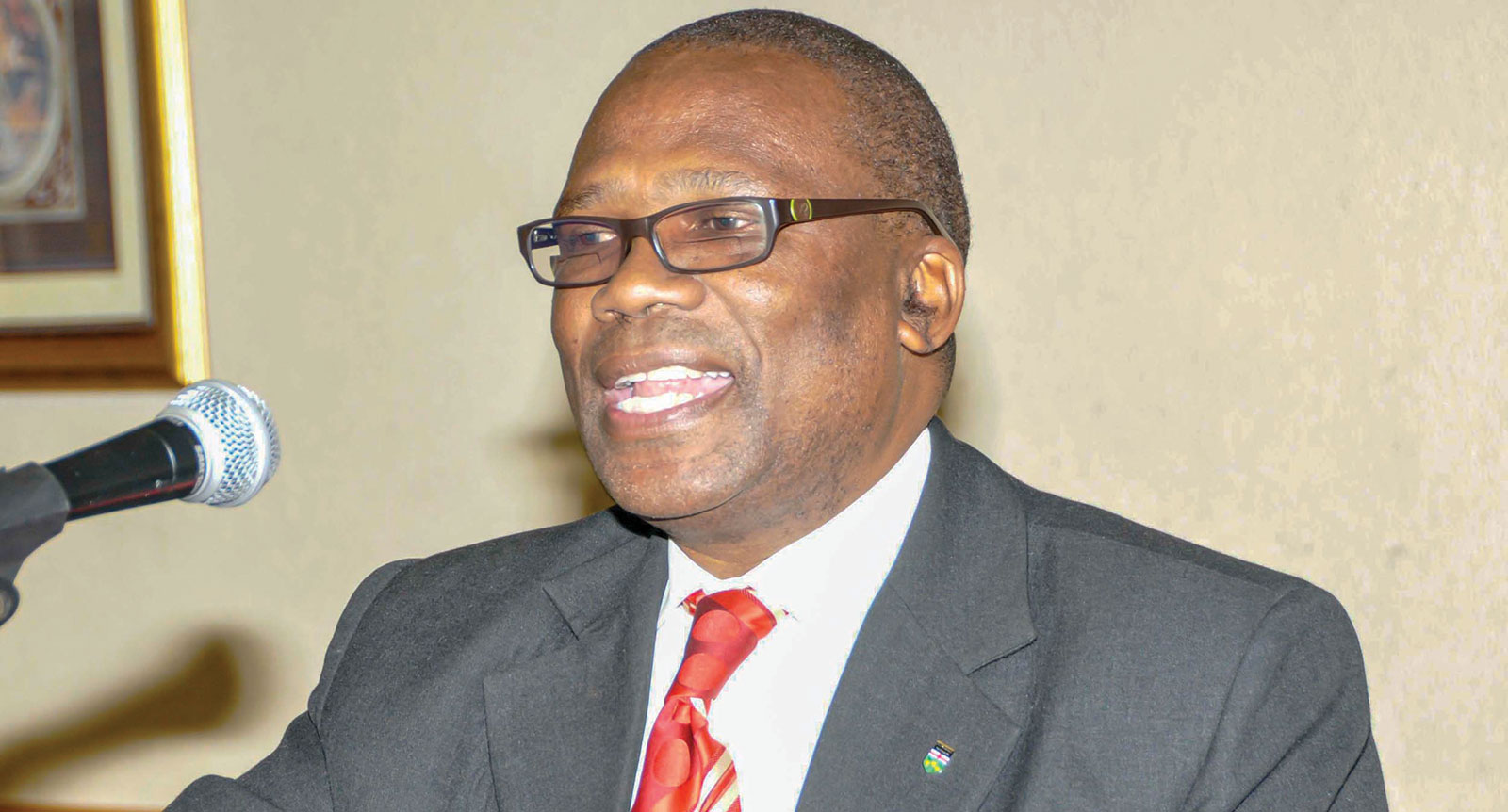Economic growth remains uneven – CBL

SHARE THIS PAGE!
By Kefiloe Kajane
The governor of the Central Bank of Lesotho (CBL), Dr Retṧelisistsoe Matlanyane, this week said although some signs of recovery are starting to emerge, global economic growth prospects remain uneven and clouded by the uncertainty surrounding possible resurgence of the virus and emergence of new variants as well as the roll-out of vaccines at the country level.
She said domestically any prospects for growth have to be weighed against existing uncertainties. Risks to the domestic economic outlook include the possible spread of COVID-19 and the effectiveness of the infection control measures, exposure to international economic developments, domestic structural rigidities and policy uncertainty.
She also said that CBL’s Monetary Policy Committee (MPC) is committed to conducting monetary policy to achieve and maintain price stability and enable overall macroeconomic stability.
She explained that the committee held its 90th meeting on July 27 to review recent economic developments and determine the adequacy of monetary targets. She also explained that during the meeting, the committee considered international, regional and domestic economic developments as well as financial markets’ conditions.
“Since the 89th MPC meeting of May 24, there has been a general pickup in global demand. This has been accompanied by improvements in rates of vaccination and increased policy support. However, global growth prospects in the near-term remain uncertain and uneven across countries. Growth remains vulnerable to new mutations of the virus, vaccine availability and lack of uniformity in rates of country vaccinations. Further downside risks include global trade tensions, limited policy space and possible tightening of containment measures as infections rise.
“The International Monetary Fund (IMF) on World Economic Outlook report of April 2021 revised up the 2021 GDP forecasts to six per cent, from the 5.5 per cent forecast in January 2021. Similarly, growth in the sub-Saharan African region is expected to accelerate by 3.4 per cent in 2021, an upward revision of 0.2 per cent from the January 2021 forecast. Global economic activity improved during the first quarter of 2021, although in a manner that was uneven across countries.
“United States real GDP increased at the annual rate of 0.4 per cent in the first quarter of 2021, following a decline of 2.4 per cent in the quarter ending December 2020. In the Euro Area, real GDP contracted by 1.8 per cent in the first quarter, after a decline of 4.9 per cent in quarter four of 2020. Japan’s real GDP fell by 1.3 per cent in the first quarter of 2021, following growth of 2.8 percent in the previous quarter. The first quarter real GDP in the UK contracted by 6.1 per cent annually, a slight improvement from a decline of 7.3 per cent in the last quarter of 2020. In emerging market economies, China realized an annual real GDP growth of 7.9 per cent in the second quarter, compared to 18.3 per cent the first quarter,” she said.
She stated that the economic growth improved in India in the first quarter of 2021, rising by 1.6 percent, compared to 0.5 percent in December 2020. She said although growth in South Africa improved slightly in the first quarter of 2021, it was still negative, contracting by an annual 3.2 percent in that period, following a decline of 4.2 per cent in the previous quarter.
She also stated that recent unrest and resultant economic damage in the country could have lasting adverse effects that are likely to affect neighbouring countries, especially those within the Southern African Development Community and Common Momentary Area of Southern Africa.
She noted that that comes on the back of the deep macroeconomic linkages such countries have with the South African economy.


Joachim Garments seizes the moment
a day ago
LHDA, mining company in land impasse
a day ago
IEC launches strategic plan
a day ago
‘Mamojela passes on baking skills
a day ago

Botho University holds fifth graduation
a day ago
RSL, LDF sign MoU
4 days ago
Secret Location unmasked
4 days ago
Mall reeling from destructive hailstorm
4 days ago